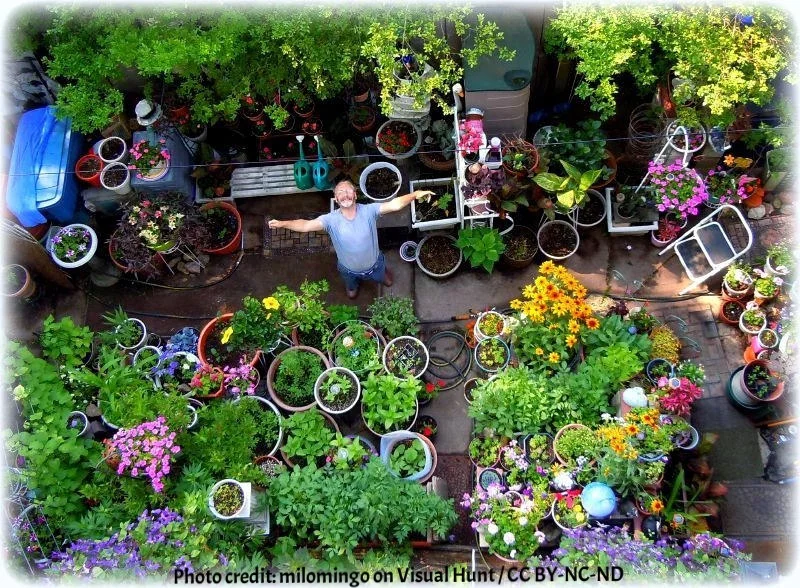How often Should I Clean That?
/Guest post by Kat Buckley
Some of the basic household tasks we will generally get done but other places in the home can go months or even years without being cleaned. This infographic from HappyCleans looks at how often you need to get all the different items around the house cleaned. For example, the fan vents are one area of the house that rarely get cleaned. The problem is that if they’re left too long dust, pollen, and other allergens will end up clogging them, and in some cases, can cause particles to be released into your home from supply registers.
If you have ceiling fans, they are another area of the home that can get really dusty and these can be quickly dusted with a pillowcase. Of course, if they’re high up you need to be extremely careful not to injure yourself. Using a duster with a long handle that is made for such hard-to-reach areas is usually the best way to tackle the problem.
Read More








![Eco-Labels Around the World (Interactive Infographic]](https://images.squarespace-cdn.com/content/v1/526e7179e4b0dda0159f0a13/1525479978026-KHAACVZPYUWB4PXLKCUR/ecolabels2.jpg)









































